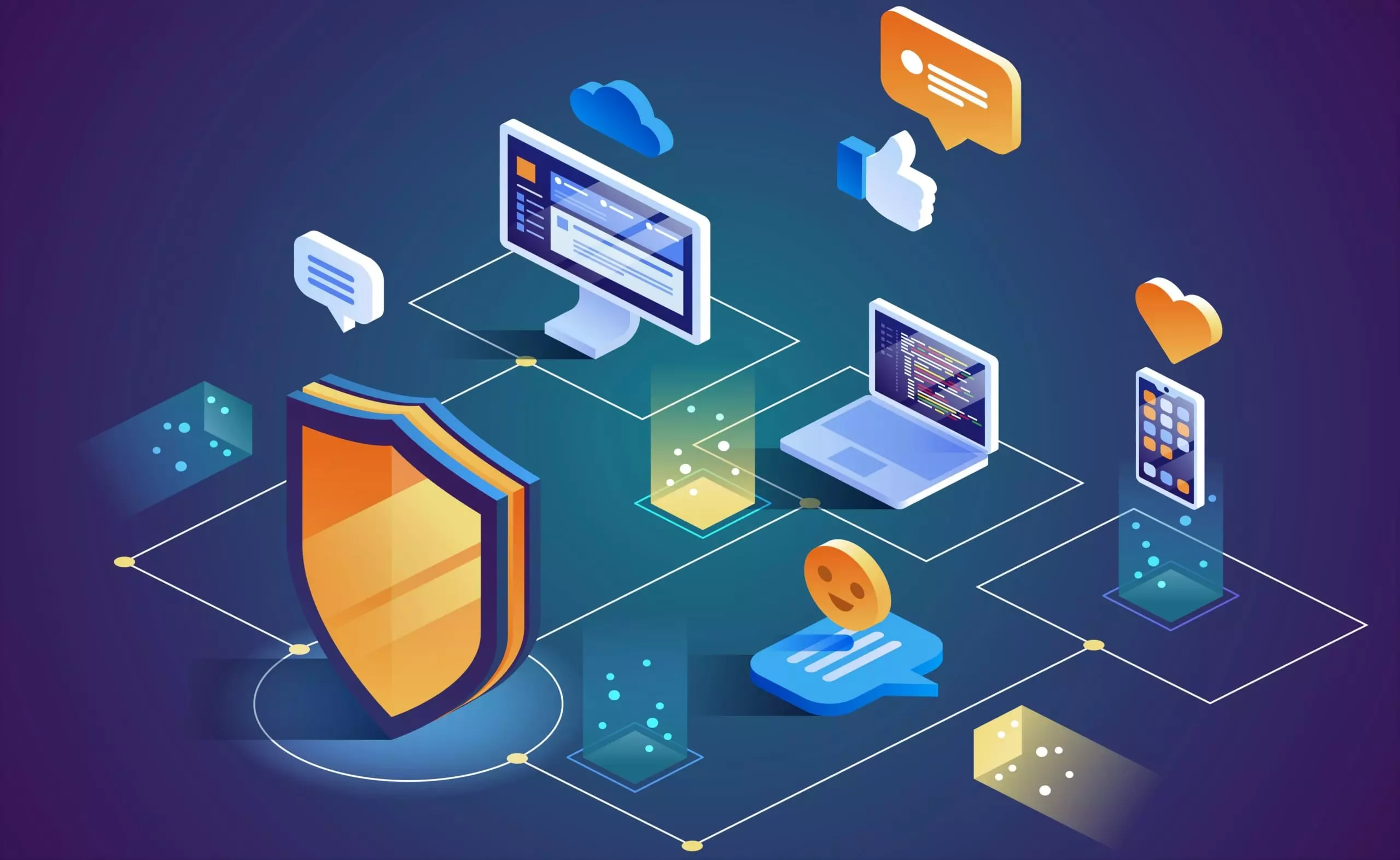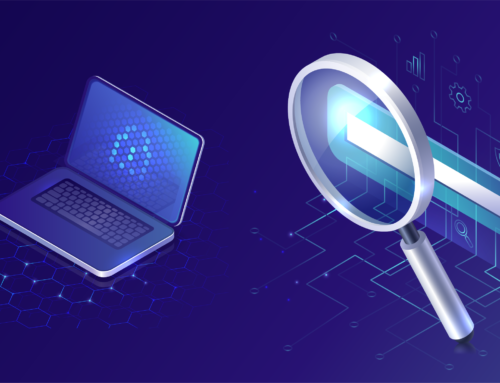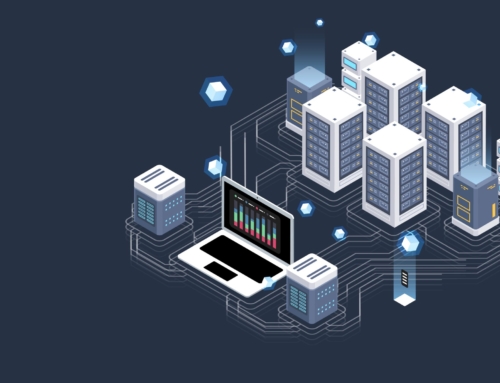How Identity and Access Management (IAM) can protect your Business Data?

Identity and access management • December 16, 2019

In this high-tech business world, IT is playing an essential role across different industry verticals. No doubt, technology is transforming business operations, alleviating the overall burden. However, every coin has two sides; in the same way, technology has an adverse effect as well. A significant threat to businesses is a data breach. That’s the reason opting for Identity and access management with managed security services is crucial.
It’s a fact that the biggest threat to any business is its employees, which is why managed security services offer identity and access management solutions.
What are identity and access management?
Identity and access management (IAM) are two components to the entire of monitoring how your customers or employees interact with data and applications within your information systems, software, databases, and networks. In the present scenario, identity can be any object, person, or code that interacts with your information system.
Now that you’ve created an identity, you need to determine what resources that identity can access. For instance, you may install bio metric machines for your employees to keep track of their attendance and proxies. This is the best part of managed security services.
What are the Identity and access management (iam) risks?
The IAM risks are inherent in every modern IT infrastructure that leads to various risks, which are as follows:
Information security risk-
IAM risks accelerate as the organizations create complex IT infrastructure. That’s the reason secure digital transformation is imperative to prevent a business from data loss. According to the 2019 Data Breach Investigations Report, 34% of data breaches occurred due to internal actors, and 15% occurred due to authorized user privilege misuse.
Privacy risk-
Businesses often interchange privacy and security, but in reality, both the terms differ. They are two different types of risk. Privacy is all about giving people control over their personally identifiable information (PII). For instance, if HR wants access to an employee’s medical history, then he/she can do so. But if an employee wants to keep it private from the manager, he/she can do so.
Operational risk-
IAM also safeguard your operations from frauds and embezzlement. Businesses often invest in IAM to segregate the tasks. For example, Accounts receivable cannot access to accounts payable transactions in the organization.
Why do you need to opt for managed security services?
There is an innumerable managed security service provider that offers security services to businesses. However, choosing the right partner is of utmost importance that can deliver continuous network security. Make sure that you partner with a highly reliable and experienced company that offers enterprise-grade security, mitigating overall business risk.
If you’re looking for an experienced managed IT services Canada, then get in touch with the team of experts today.




